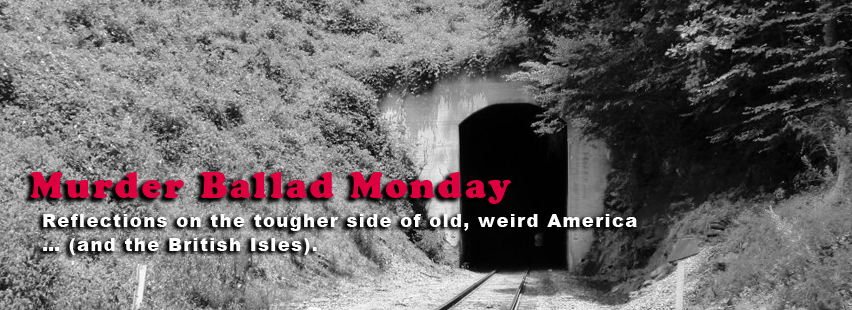Linden Arden and the Belfast Cowboy
<<<Back to page 2

The Golden Gate, San Francisco, from ‘American Pictures’, published by The Religious Tract Society, 1876 (engraving); by English School, (19th century); Private Collection; Ken Welsh; English
Beyond the West and the exile it invokes, Hinton’s theory as to the overall drive of Veedon Fleece is that Morrison is making his peace with the excesses of the Sixties, akin to the feel of Bob Dylan’s John Wesley Harding. He writes, “If Astral Weeks was a kind of precursor of Woodstock nation, positing some kind of lifestyle in love and peace, then Veedon Fleece provided sanctuary from the violent amoral world since Altamont.” This feels to me like an overly sanguine view of Astral Weeks, and I don’t know if “Linden Arden” lets us enjoy much of a sanctuary.
We have the three interpretations of “Linden Arden” and Veedon Fleece here. First, we have Marcus’s claim that the lyrics don’t really matter, which is initially attractive, given Marcus’s exuberant prose, but can’t really be disproven. Next, we have Burke’s contention that “Linden Arden” is a political allegory by Morrison, without precedent or successor. Finally, Hinton contends that we have a Western, and an album about exile, and some move to reconciliation and sanctuary from the Sixties’ excesses. All are plausible in some measure or other, I suppose, but probably speak most fully to what the critic wishes to find. I find Hinton’s take most persuasive, but will offer one further alternative for you to consider.
Considering the alternative first requires you to figure out for yourself whether it really matters what the artist was trying to achieve in the song, rather than what the song achieves for you. I’m only aware of one other artist, Robyn Hitchcock, who has made a professional recording of “Linden Arden Stole the Highlights,” and that on two very rare releases (here and here). It’s very much Van Morrison’s song. For this reason, the relationship of the singer to the song is probably more pressing than it might be with songs more widely sung.
For my money, if an allegory lies within “Linden Arden Stole the Highlights,” it’s not a political one about sectarian conflict in Ireland, at least directly. The song also presents an artistic allegory, where Linden is the artist resisting the claims of “thugs” to force his art into their own agendas and thus take away his life. The violent cleaving with the hatchet presents a redemptive violence, preserving Linden’s life in liberty as both churchgoer and drinker. Given that Morrison’s “hymns” are generally politically silent, this alternative reading of the song as an allegory to art seems more plausible to me.
The other element that gives this reading credence for me is the long affiliation we’ve found in our discussions of murder ballads between the troubadour and the outlaw. We hear it in the ancient strains of “MacPherson’s Rant,” and more recently in the irretrievably enigmatic “Pancho and Lefty,” another Western by Townes Van Zandt. If I had to pick one companion piece for “Linden Arden Stole the Highlights” from among the songs we’ve done, it would be “Pancho and Lefty.” I argued that that song could not be held to any one explanation. “Linden Arden” comes as close to that resistance as any, and deploys an outlaw and a mythologized American West to do it.
Any such an interpretation rests, of course, on whether we think what Van Morrison means by the song is important to what it means for us. For me, it is only a very small part, and one that I feel driven to only for finding the alternative interpretations unsatisfactory. My own experience of the song is a mixture of sound and sense, where the story and the music do their work in my soul. The allegory is irrelevant to the fundamental work it does for me.
In an earlier chapter of When That Rough God Goes Riding, Greil Marcus notes both romantic and rebellious strains in Van Morrison’s music. The former basks in the “affection, sensuality, and acceptance” of “Tupelo Honey,” for example. The latter informs the risk-taking and “distrust of conventional satisfactions” of songs like “Listen to the Lion” and “Mystic Eyes.” Marcus adds, “When both sides of Morrison’s music come together, the result can be a sort of mystical deliverance. The listener is spared not a single fear, but he or she is somehow insulated from all fears–as is the performer.”
I think both of these sides come together in “Linden Arden Stole the Highlights.” But you should judge that for yourself. You can do so below in the context of the full album.
Listen also on YouTube. Other formats here.
Next up
In our next post, we’ll account for another, perhaps mystical, deliverance brought about by “Linden Arden Stole the Highlights.” Thanks for reading and stay tuned!


